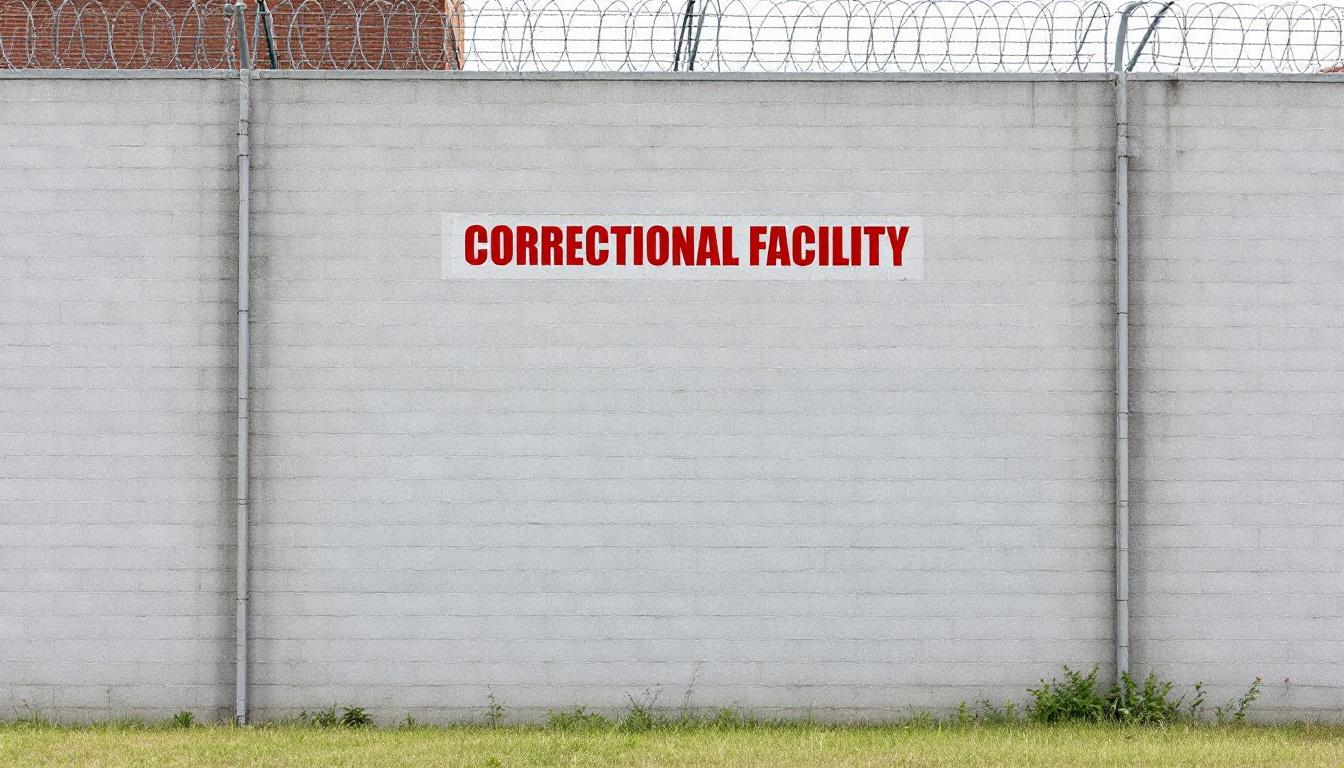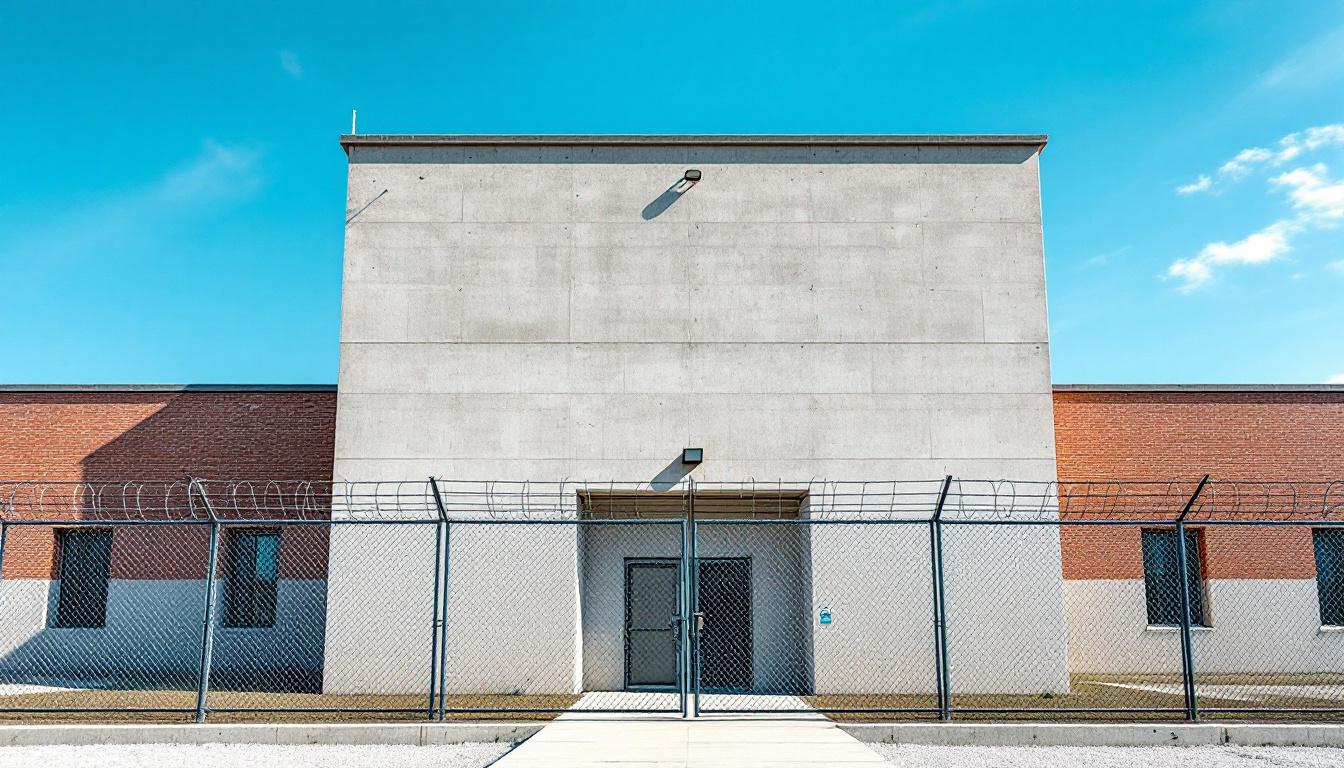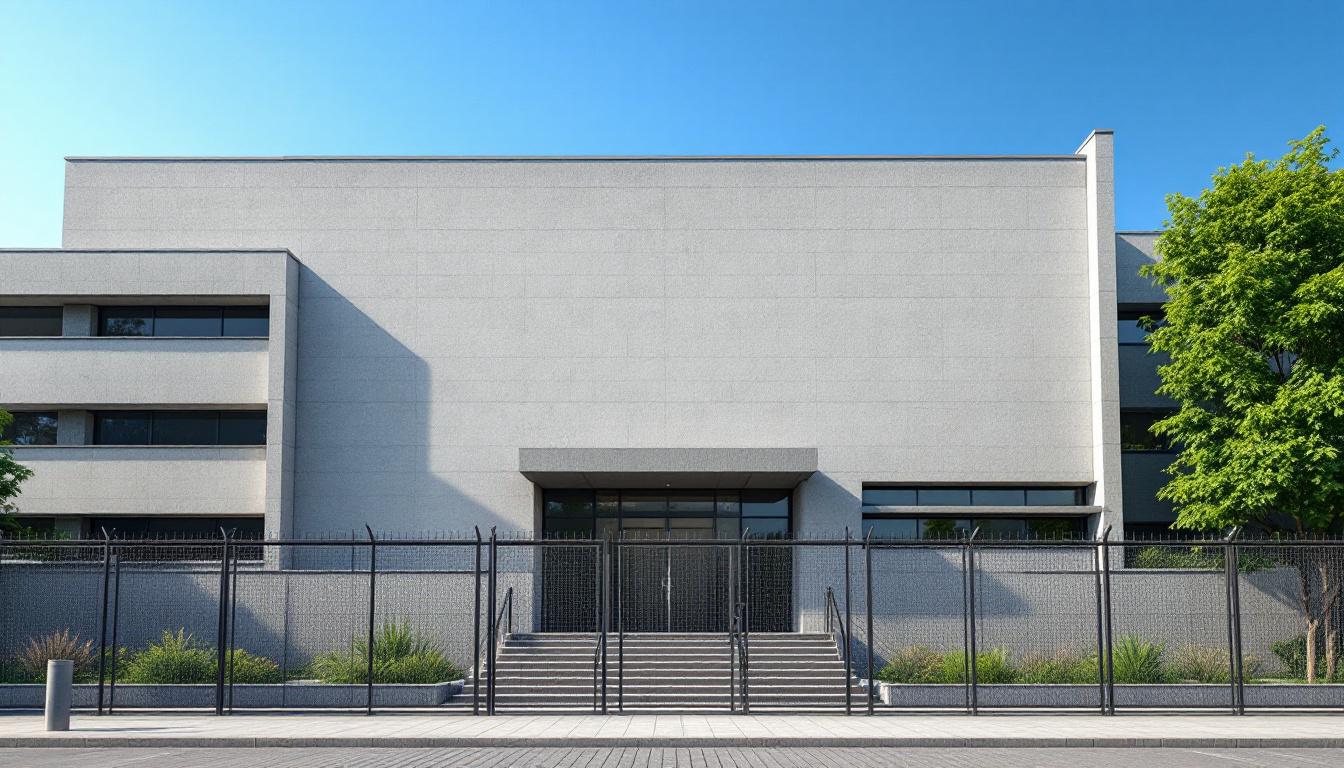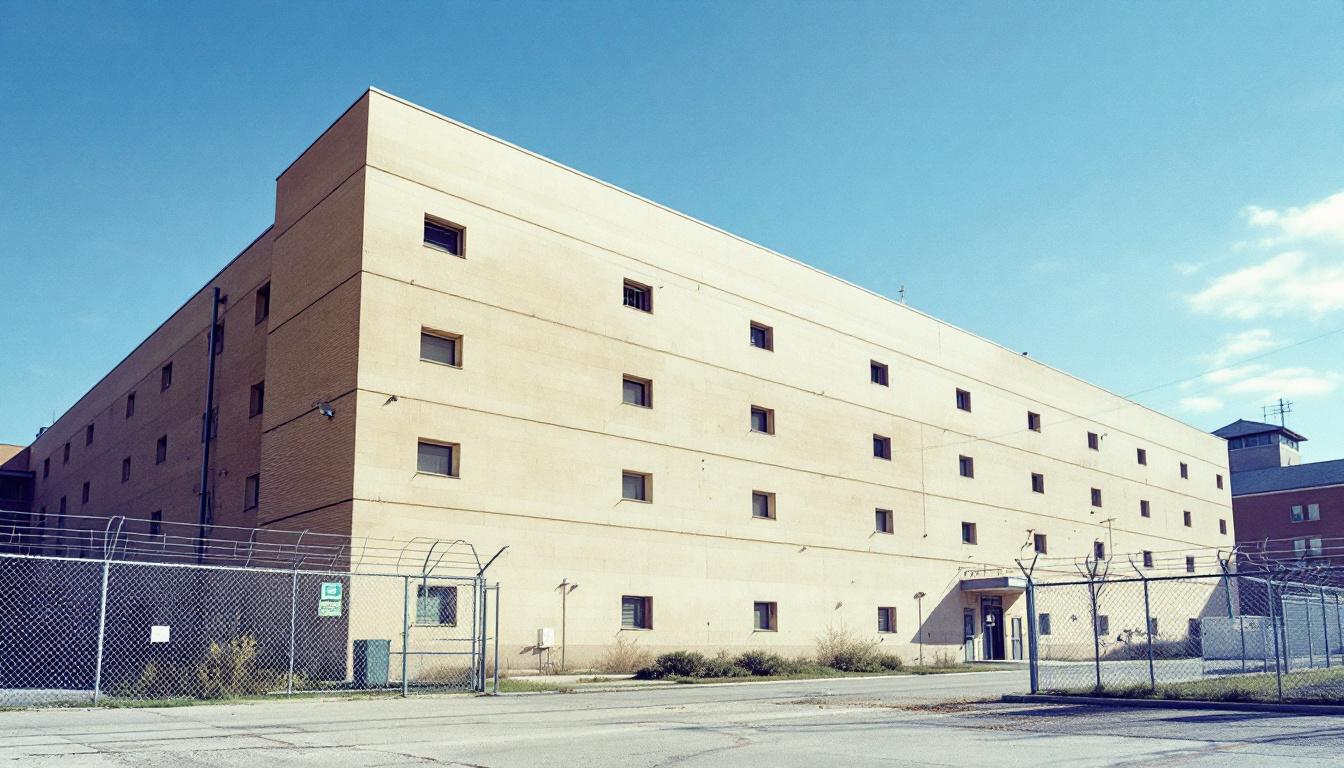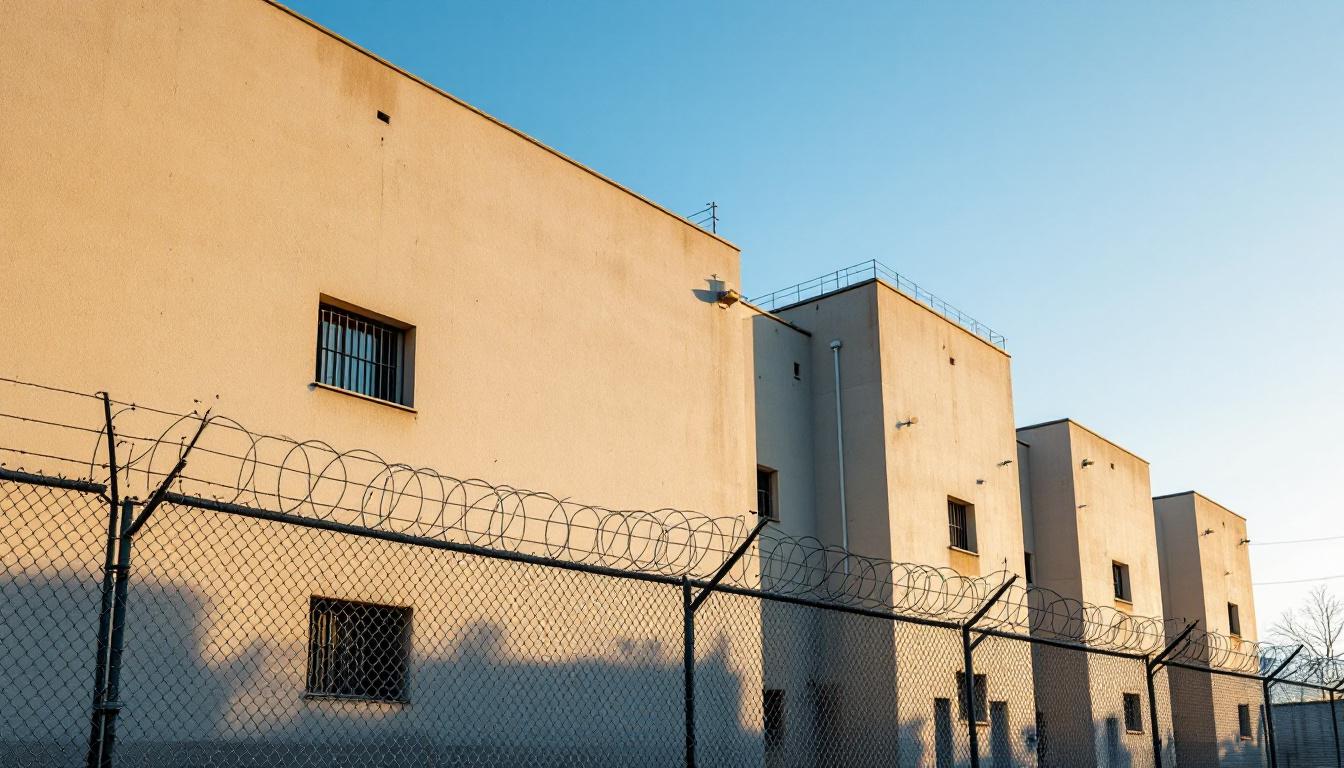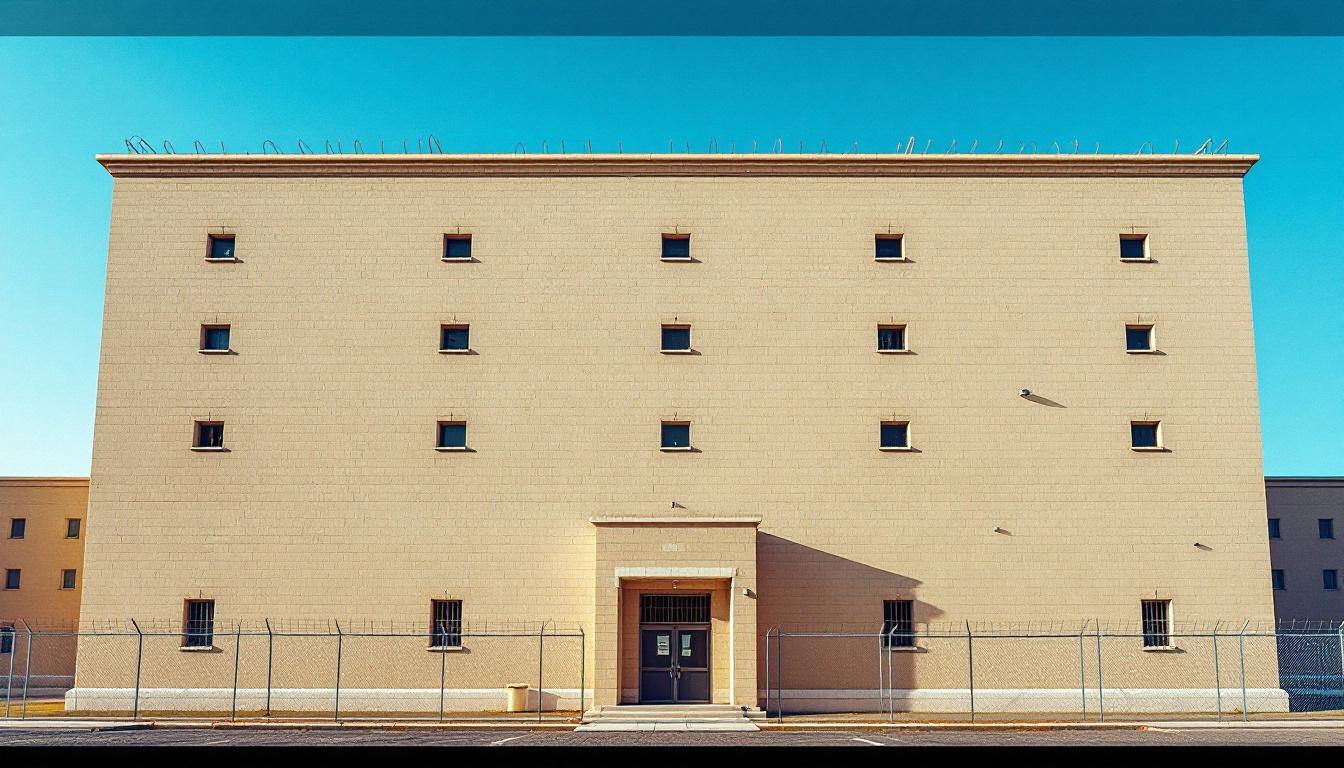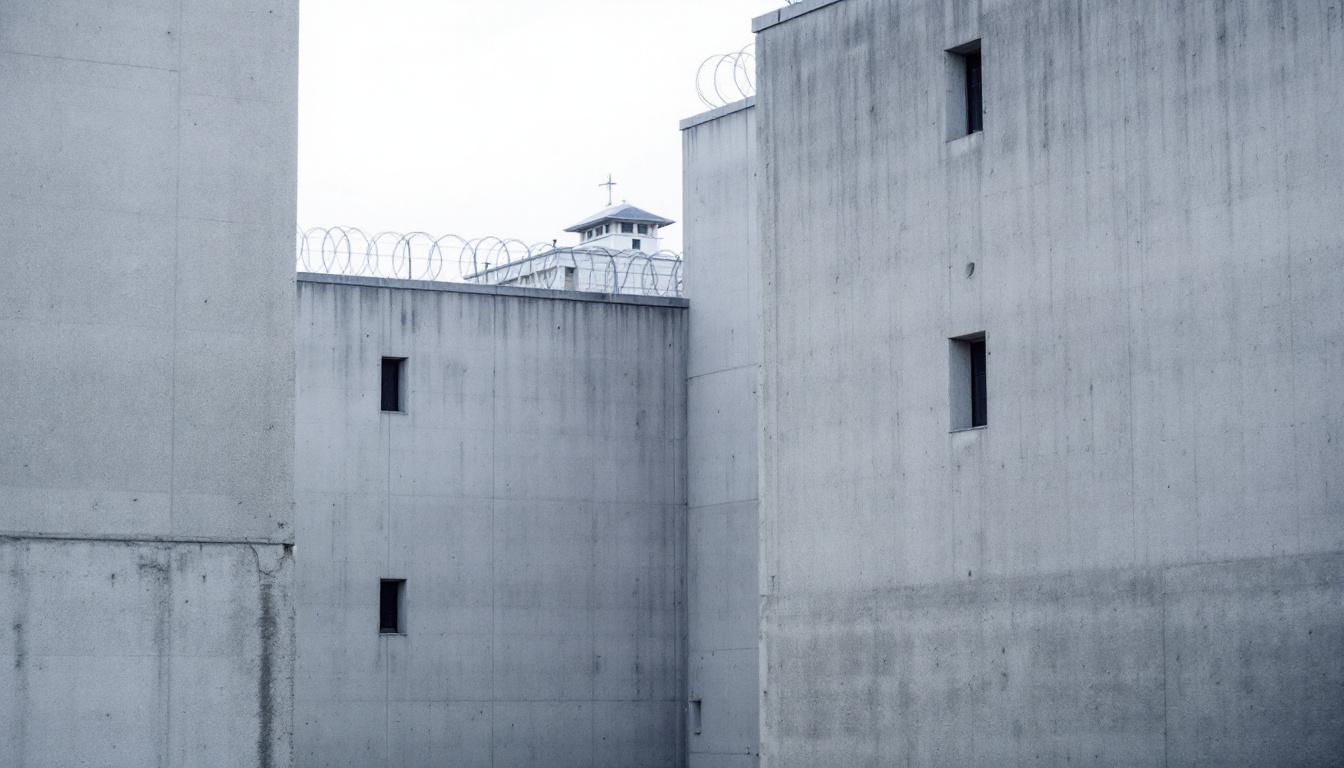
Quick Navigation
How to contact an inmate at Indiana Women's Prison
This comprehensive guide will walk you through how to connect with an inmate at Indiana Women's Prison. Follow the steps below to find an inmate and send letters and photos:
- Search for the inmate using our search tool below
- Create your account or log in to Penmate
- Write your message (up to 6,000 characters)
- Send instantly - inmates receive printed copies daily
Find an Inmate
Search for an inmate to start communicating today
Tip: You can search by first name, last name, or inmate ID number
To contact a person at Indiana Women's Prison start by searching for the person on the official facility website. Perform a search by following these steps:
- Step 1: Enter their first name and last name into the search form and click "Search"
- Step 2: Locate their inmate record
- Step 3: Write down their Inmate ID and any housing information provided
Important! Be sure to enter the person's full name. Nicknames should not be used.
How to Send Messages to Inmates

You can use your phone or computer to send emails, letters, and photos to an inmate. Messages are sent electronically to inmate tablets or kiosks at the facility. If you would like to send a message, start by searching for an inmate at Indiana Women's Prison.
Sending Photos and Postcards

A great way to send love and support to a loved one at Indiana Women's Prison is to send photos and postcards. It only takes a few minutes to send photos from your phone and it makes a huge difference. You can also mail postcards with words of support and inspiration, or design your own postcard for special moments like birthdays and holidays.
Important! Be sure not to send any explicit photos or they may not be approved by the facility. You can also use a photo printing app like Penmate to make sure your photos are printed at the correct size (4x6 or 3x5) and are mailed according to the rules and regulations of Indiana Women's Prison.
Frequently asked questions about Indiana Women's Prison
-
How long does it take to deliver a message?
If you're sending an email message your letter is usually delivered within 24-48 hours. For messages sent via mail you should expect delivery within 3-7 days. All messages will need be approved by Indiana Women's Prison.
-
How much does it cost to send a message to Indiana Women's Prison?
You can send a message free using your phone or mail a message via USPS for the price of a $0.60 stamp and envelope. You can also purchase credits or e-stamps from services starting at $1.99.
-
What services can I use to contact an inmate at Indiana Women's Prison?
Penmate
You can use Penmate to send letters and photos to an inmate from your phone. It's an easy way to stay in touch during your loved one's incarceration. Use the inmate locator to find an inmate's location and contact information, then you can send messages within a few minutes.
Securus messaging
Securus may be another option for communicating with an inmate at Indiana Women's Prison. You can create a friends and family account and purchase credits to send messages. All messages will be reviewed and must be approved by the facility.
JPay
Some county jails and state prisons may support sending messages with JPay. You must register an account with the system, find your loved one, and purchase stamps to send messages. For some locations you can also attach photos.
Smart Jail Mail
You may also check if Smart Jail Mail is available at Indiana Women's Prison. Smart Jail Mail is operated by Smart Communications and has contracted with some state and county jails. After purchasing credits, your messages and photos are sent to the facility, printed out, and then handed out to your loved one.
-
What is the mailing address of Indiana Women's Prison?
Mailing address:
Indiana Women's Prison
2596 N Girls School Rd
Indianapolis, IN 46214
Phone: (317) 244-3387 -
What are the visiting hours at Indiana Women's Prison?
Visiting hours at Indiana Women's Prison vary by housing unit and security level. Generally, visits are scheduled on weekends and holidays, with some facilities offering weekday visits. Contact the facility directly at (317) 244-3387 or check their website for the current visiting schedule. Visits typically last 30-60 minutes and must be scheduled in advance.
-
What items are prohibited when sending mail to Indiana Women's Prison?
Prohibited items typically include: cash, personal checks, stamps, stickers, glitter, glue, tape, staples, paperclips, polaroid photos, musical or blank greeting cards, hardcover books, magazines with staples, and any items containing metal or electronics. Only send letters on plain white paper with blue or black ink. Photos must be printed on regular photo paper (no Polaroids). Always check with Indiana Women's Prison for their specific mail policies.
-
How do I send money to an inmate at Indiana Women's Prison?
You can send money to an inmate at Indiana Women's Prison through several methods: 1) Online using JPay, Access Corrections, or the facility's approved vendor, 2) Money orders mailed directly to the facility with the inmate's name and ID number, 3) Kiosks located in the facility lobby, or 4) Over the phone using a credit or debit card. Fees vary by method, typically ranging from $2.95 to $11.95 per transaction.
-
Can I schedule a video visit with an inmate at Indiana Women's Prison?
Many facilities now offer video visitation as an alternative to in-person visits. At Indiana Women's Prison, video visits may be available through services like Penmate, Securus Video Connect, GTL, or ICSolutions. Video visits typically cost $10-20 for 20-30 minutes and must be scheduled in advance. You'll need a computer or smartphone with a camera and reliable internet connection. Contact the facility for their specific video visitation policies and approved vendors.
-
What identification do I need to visit an inmate at Indiana Women's Prison?
All visitors must present valid government-issued photo identification such as a driver's license, state ID, passport, or military ID. Minors must be accompanied by a parent or legal guardian who can provide the minor's birth certificate. Some facilities require visitors to be on the inmate's approved visitation list, which may require a background check. Contact Indiana Women's Prison for specific ID requirements and visitor approval procedures.
-
How can I find out an inmate's release date?
To find an inmate's release date at Indiana Women's Prison, you can: 1) Use the online inmate search tool if available, 2) Call the facility's records department, 3) Contact the inmate's case manager or counselor, or 4) Have the inmate provide this information during a call or visit. For privacy reasons, some facilities only release this information to immediate family members.
Facility Overview
Contact Information
Indiana Women's Prison2596 N Girls School Rd
Indianapolis, IN 46214
Phone: (317) 244-3387
Official Website
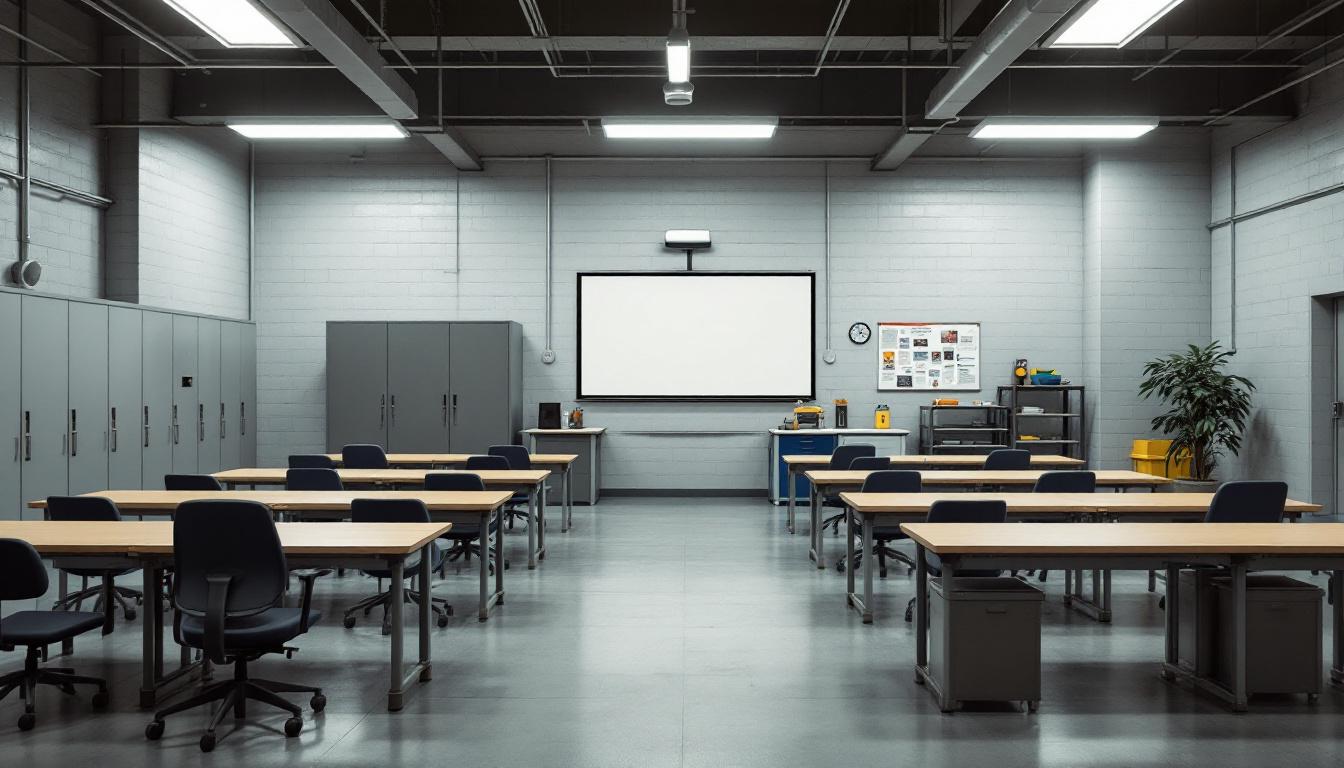
About Indiana Women's Prison
Serving the state’s mission to provide secure housing and rehabilitative opportunities for female offenders, the correctional landscape in Indiana encompasses several specialized facilities designed to address distinct population needs. Within this framework, Indiana Women’s Prison operates as a significant component of the state’s correctional infrastructure, positioned in Indianapolis to serve women from across Indiana who have been sentenced to terms of incarceration.
The facility’s role within the broader corrections network reflects Indiana’s approach to gender-specific incarceration, recognizing that women in the correctional system often present different needs and challenges compared to male populations. Located in the state’s capital city, this IN correctional facility typically maintains various security levels to accommodate women with different custody classifications and sentence lengths. The Indianapolis location provides access to urban resources while maintaining the security protocols essential for effective corrections operations.
Programming at Indiana Women’s Prison generally follows evidence-based practices common throughout the Midwest region, with those incarcerated services potentially including educational opportunities, vocational training, substance abuse treatment, and mental health support. The facility’s position within Indiana’s correctional system allows for coordination with other state institutions and community-based programs, supporting the broader goals of public safety and successful reintegration. Like many women’s correctional facilities across the region, the institution may offer specialized programming that addresses issues particularly relevant to female offenders, though specific program availability can vary based on funding, staffing, and operational considerations.
Programs & Services
Transformative opportunities for personal growth and professional development form the cornerstone of rehabilitative efforts, emphasizing skill-building and character development that extends far beyond incarceration. The comprehensive framework of offerings reflects a commitment to addressing the multifaceted needs of those incarcerated, recognizing that meaningful change occurs through structured engagement with educational, vocational, and therapeutic initiatives. This holistic approach typically integrates security protocols with developmental programming, creating an environment where participants can cultivate essential life skills while maintaining institutional safety standards.
Educational advancement serves as a fundamental pathway toward self-improvement, with offerings that may furnish basic literacy instruction, high school equivalency preparation, and post-secondary coursework opportunities. These academic initiatives often complement vocational training programs designed to equip participants with marketable skills in various trades and industries. Moreover, vocational offerings typically include hands-on instruction in areas such as grounds maintenance, providing practical experience that translates directly to employment opportunities upon release while contributing to facility operations and maintenance.
Faith-based programs offer spiritual guidance and community support, fostering personal reflection and moral development within a structured religious framework. Conflict resolution initiatives typically provide those incarcerated with essential communication and problem-solving skills, addressing interpersonal challenges that may have contributed to their circumstances. Moreover, job placement assistance programs often include resume preparation, interview skills training, and connections to potential employers, creating bridges between incarceration and successful community reintegration while emphasizing the importance of sustainable employment in reducing recidivism.
Daily Life & Visitation
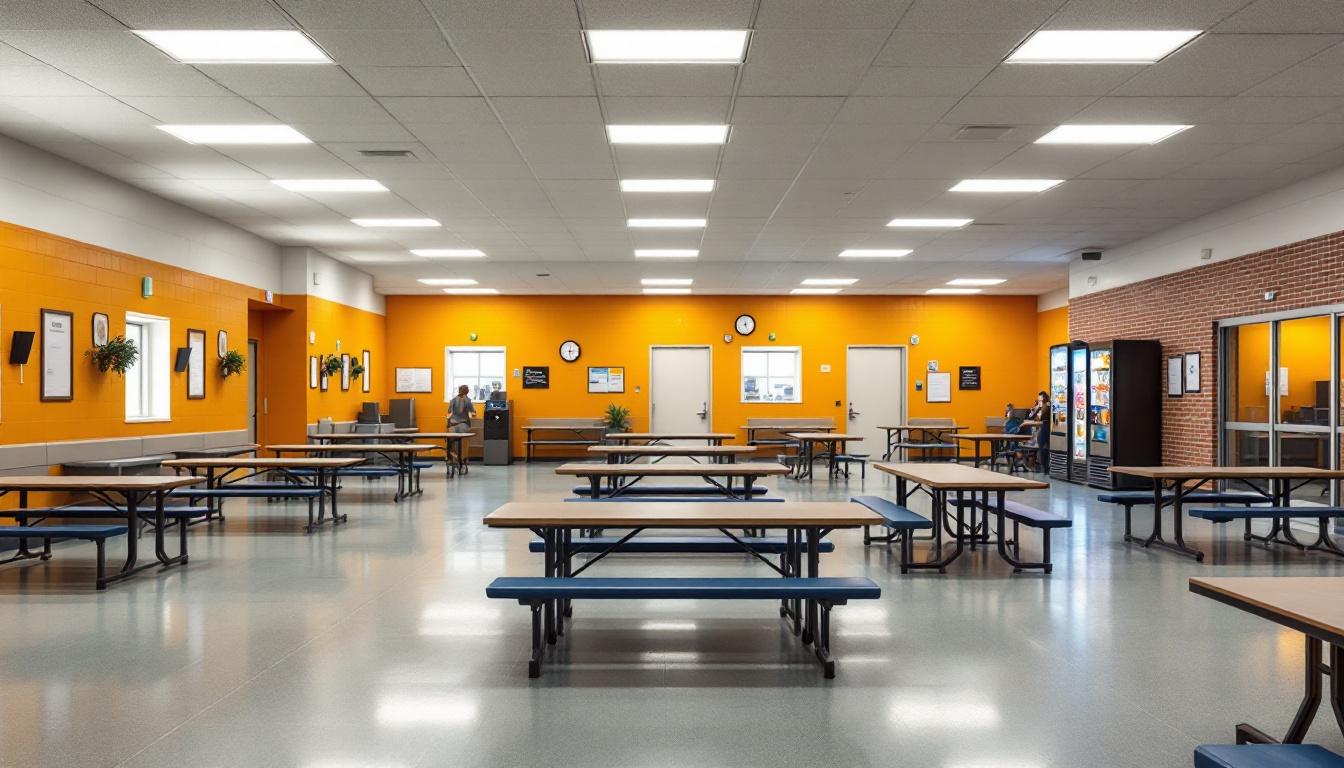
The bonds between those incarcerated and their families often serve as anchors of hope and motivation throughout their time at the Indiana Women’s Prison, where maintaining these vital connections becomes woven into the fabric of daily existence. Today, those incarcerated typically begin their morning routines early, with structured wake-up times that consistently establish the rhythm for each day ahead. The facility generally operates on a regimented schedule that furnishes stability through predictable meal times, work assignments, educational programming, and recreational periods that allow for both personal growth and social interaction among residents.
Living accommodations at the facility typically consist of housing units designed to accommodate the specific needs of women, with dormitory-style arrangements or smaller rooms that may house multiple residents. Moreover, the dining experience often serves as a central gathering point where those incarcerated can engage in conversation and build supportive relationships with their peers, creating informal networks of mutual assistance and companionship. Personal property allowances generally permit residents to maintain some individual items that help preserve their sense of identity, while commissary access provides opportunities to purchase additional comfort items and supplies for personal care.
Programming at the facility typically includes various educational and vocational opportunities that prepare residents for successful reintegration into their communities. Whereas recreational activities such as exercise programs, library access, and organized sports furnish outlets for physical wellness and stress relief, family-focused initiatives often provide crucial support for those who are mothers or primary caregivers. Visitation policies generally allow for regular contact with approved family members and friends, while telephone and correspondence privileges help maintain these essential outside connections. Parenting programs may offer guidance and resources for those incarcerated who are working to maintain relationships with their children, recognizing the comprehensive challenges that women face when separated from their families during incarceration.
Ready to Connect?
Start communicating with your loved one today
Search for an Inmate
